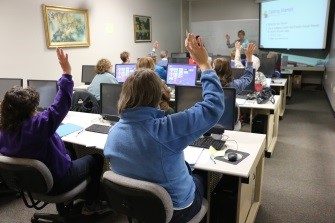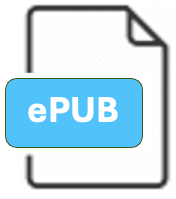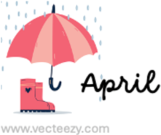Working with WORD, Google Doc, and RFT formats
Posted by Dr. Cheryl Temple

This month we will explore Microsoft Word, Google Docs and RTF files. All three formats are powerful teaching tools that can encourage good study habits and help develop critical thinking skills. Educators can have books formatted as Word, Google Docs or RTF files.















